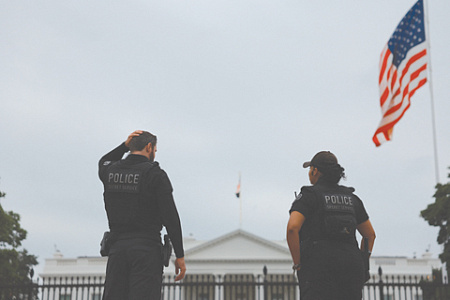
A grand and controversial design to end the war in Ukraine is reportedly being formulated within Donald Trump’s camp, promising a swift resolution that could unfold within days of a potential return to office. This high-stakes strategy hinges on a two-part diplomatic blitz: a pivotal meeting in Washington between the US president, Ukrainian President Volodymyr Zelenskyy, and key NATO leaders, followed by a trilateral summit involving the heads of the United States, Russia, and Ukraine. The proposal, however, is met with significant skepticism as it would require a complete reversal of the established Western consensus on how the conflict can acceptably conclude.
The centerpiece of this plan is a proposed meeting at the White House, where President Zelenskyy, alongside leaders such as German Chancellor Friedrich Merz, UK Prime Minister Keir Starmer, and French President Emmanuel Macron, would be presented with a stark choice. According to statements attributed to Trump, Zelenskyy must decide between an almost immediate cessation of hostilities or a continuation of the war. The price for peace, as outlined by the American leader, would reportedly involve Ukraine formally abandoning its claim to Crimea and relinquishing its aspirations to join the NATO alliance.
Initial reactions from the invited European leaders suggest a deep reluctance to accept these terms outright. Publicly, allies like the United Kingdom have reiterated their long-standing position: no official recognition of Russian territorial gains and an affirmation of Ukraine’s sovereign right to choose its own alliances. However, more ambiguous language from figures like Prime Minister Starmer, who spoke of achieving a “lasting, just, and fair peace” that must be “done right,” hints at a potential willingness to explore new diplomatic avenues behind closed doors.
For President Zelenskyy, the situation is presented as exceptionally delicate. Reports suggest that Western allies have been coaching the Ukrainian leader on how to “speak the right language” with Trump to avoid a repeat of past public disagreements. Following a meeting with the US Special Representative for Ukraine, Keith Kellogg, a more aligned tone emerged from Zelenskyy. “Russia can only be compelled to peace by force, and President Trump has that force,” he reportedly stated, adding, “We must do everything right so that peace truly comes,” echoing the careful phrasing used by other Western leaders.
The strategic selection of participants for the Washington talks is telling. The guest list conspicuously omits the leaders of more hawkish pro-Ukrainian nations like Poland and the Baltic states. Instead, it includes figures like the President of Finland, a country that maintains a firm stance against Russia but also possesses a long history of pragmatic relations with its neighbor. Despite the detailed planning, a cloud of skepticism hangs over the entire initiative, with many commentators questioning the feasibility of securing agreement on such radical concessions, especially from the Ukrainian public.
Contingent on the outcome of the Washington meeting, preparations are already being considered for the next stage: a three-way summit between the presidents of the United States, Ukraine, and Russia. Geneva is reportedly being floated as a potential venue, with support from leaders like President Macron. However, the realization of such a historic meeting depends entirely on the acceptance of Trump’s demanding terms by Zelenskyy and his Western partners, a monumental hurdle that makes the plan’s success far from certain.
